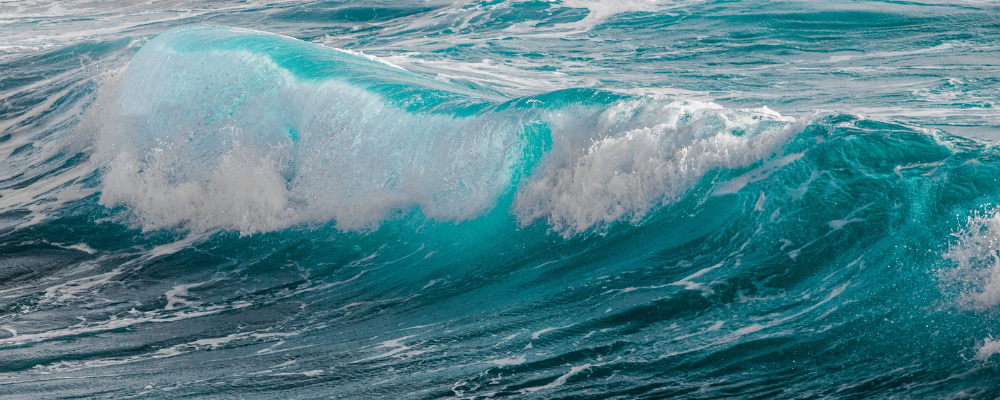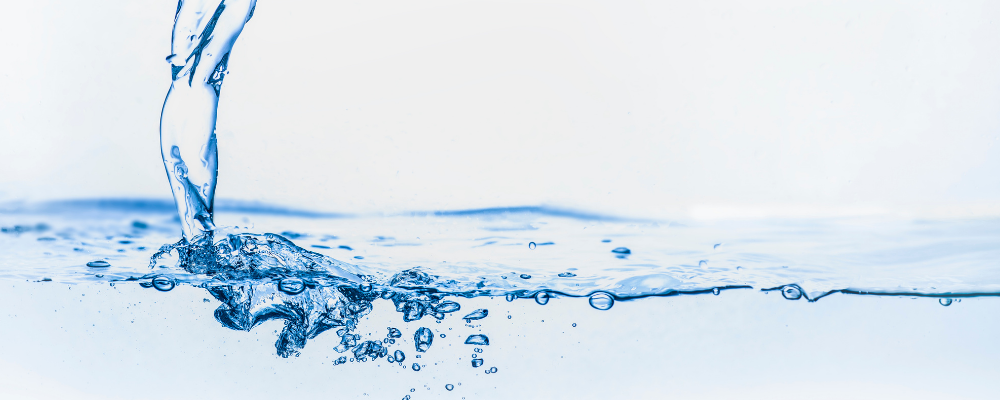What Is Reverse Osmosis - Advancees Equipment & Services

What Is Reverse Osmosis?
Across the country and around the world, “Reverse Osmosis” (also known as RO) is becoming increasingly popular. However, many are still unsure what the term actually means. Reverse osmosis is a process used to purify water. It leverages pressure and a semi-permeable membrane to force water minerals and other contaminating particles through a semipermeable membrane, during this process contaminants are filtered out, leaving clean and purified water.
Of course, to make it simpler, let’s first take a look at osmosis. Of course, this is a term most are familiar with. After all, it is a topic we all studied in grade school science class. To state it succinctly, osmosis is an absorption process where a weak saline solution moves towards a stronger one. Of course, the best example is in nature because the water in the soil is absorbed by plants.
Reverse osmosis is the opposite of this. Moreover, it is not a natural phenomenon and requires assistance to occur. Using pressure, water is pushed through a semipermeable membrane which literally filters out contaminants. To illustrate, picture using the back of a spoon to push a berry compote through a strainer. Which would remove the seeds. Additionally, the strainer has holes that allow some things to pass through while preventing others. It is a type of semi-permeable membrane.
Without a doubt, the process of reverse osmosis is more complicated than this. Furthermore, it leverages specialized equipment and processes, and the semipermeable membrane’s “holes” are significantly smaller than those in a strainer. In fact, they are so small that only water vapor, not even room temperature water, can penetrate them.
Who Does Reverse Osmosis Benefit
Of course, there are a host of industries leveraging reverse osmosis in their operations today. Those using this process include, but are not limited to:
- Hospitality Industry (Hotels and Spas)
- Restaurants
- Food and Beverage Manufacturers
- Agriculture
- Mining
- Power Plants
- Off-Shore
- Pharmaceuticals
Basically, reverse osmosis is the solution to many of the problems businesses face regarding their water, water sources, and water prices. Some of the most common applications for reverse osmosis are desalination, iron removal, arsenic removal, High TDS Reduction, ultrapure Water, Ion Exchange, deionization, hydrogen sulfide removal. Reverse osmosis systems are, for a great many businesses in Florida, across the country, and around the world an excellent investment.
Municipalities of all sizes and capacities leverage reverse osmosis water treatment systems and plants for their population water needs, there are commercial and industrial water systems available to support their needs. A common use of reverse osmosis solutions become relevant during natural disasters as reverse osmosis systems can be easily transported to support communities with lack of drinking water sources. Mobile water reverse osmosis solutions are available to provide support to communities in need, for temporary operations or communities in expansion.
At Advanced Equipment and Services, located in South Florida, we are an established organization dedicated to providing our clients with Reverse Osmosis (RO) and water purification equipment. Our team is committed to understanding our clients’ businesses and delivering the most appropriate systems for their needs. Additionally, if you have questions, reach out to them today.



